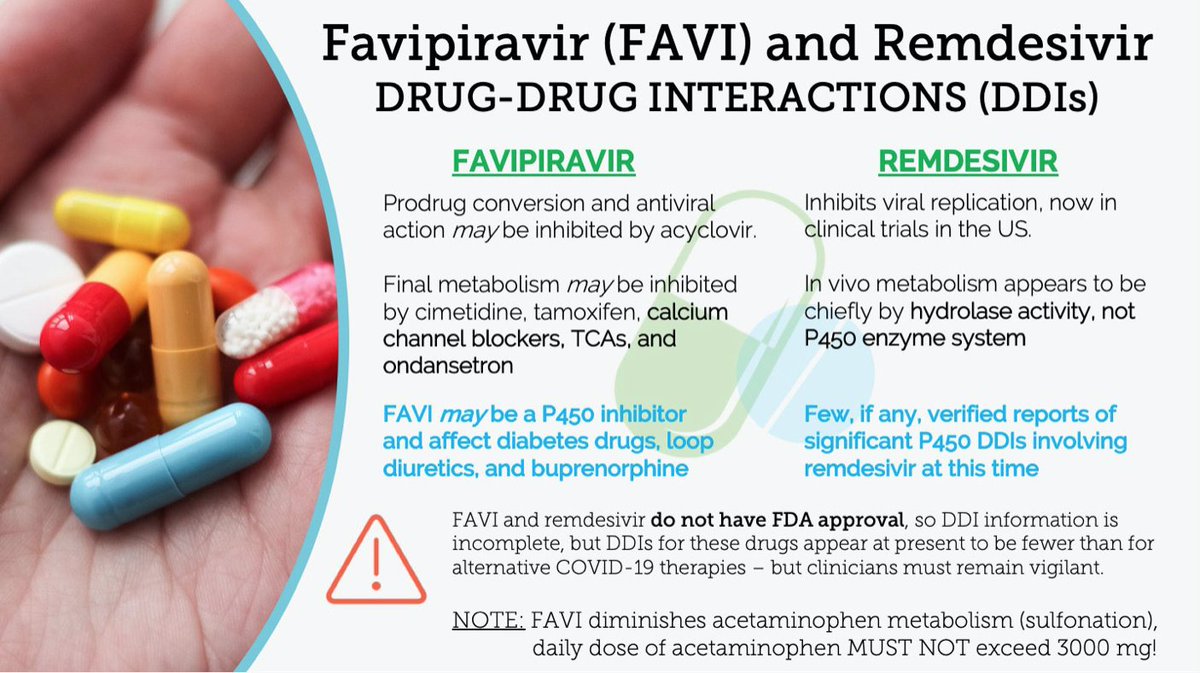1st May 2020 Current Affairs in English

1st May 2020 Current Affairs in English – Today Current affairs PDF link available below.
Dear Aspirants, we (Vetripadi.com team) have come with Daily Current affairs analysis. It is prepared to crack the various competitive exams. We are here to make sure your preparation easy. We will update the current affairs every day. It will help for both preliminary and mains (facts oriented with background information) for your preparation. We need you support.
VETRIPADI Daily Newsletter
வெற்றிப்படி.காம் | வெற்றிக்கு நீ படி!!!
Daily Current affairs for Competitive
Exams ( UPSC, TNPSC, SSC)
1st MAY 2020
TABLE OF CONTENTS
- Coronavirus | Recovery rate rises to 25%, says government
- March core sector output slumps 6.5%
- Index of Industrial Production (IIP)
- Core Sector if IIP
- Needed: a pandemic patent pool
- Intellectual property
- TRIPS Agreement
- DCGI nod to Glenmark for trials of Favipiravir on COVID-19 patients
- Drug Controller General of India
1. Coronavirus | Recovery rate rises to 25%, says government
Information in News
- The country is currently recording a total recovery rate of 25.19% up from 13% about two weeks ago.
- The Ministry reiterated that as of now there is no confirmed treatment protocol for COVID-19 and that Remdesivir is one protocol which is being examined.
- The U.S. National Institute of Allergy and Infectious Diseases (NIAID), which oversaw the trial, said that patients on the drug made by Gilead Sciences-antiviral Remdesivir had a 31% faster time to recovery than those on a placebo.
Fatality in India
- India has a case fatality rate of 2% currently which is 65% male and 35% female.
- The death rate is
- less than 14% in persons under 45,
- 8% in the 45-60 age group.
- Co-morbidities were found in 78% of COVID-19 fatalities.
- Fatality for those over 60 years is 51.2% which includes 42% for those between 60-75 years. For those above 75 years the rate is 9.2%.
Analysis of doubling rate
- Analysis of doubling rate across the country has revealed that the national average is 11 days presently as compared to 3.4 days before lockdown.
- States/UTs having
- doubling rate between 11 and 20 days include Delhi, Uttar Pradesh, J&K, Odisha, Rajasthan, Tamil Nadu and Punjab.
- Doubling rate between 20 days to 40 days are Karnataka, Ladakh, Haryana, Uttarakhand and Kerala.
- Doubling rate of more than 40 days are Assam, Telangana, Chhattisgarh, and Himachal Pradesh


Reference
https://www.thehindu.com/news/national/coronavirus-india-says-its-covid-19-recovery-rate-has-risen-to-25/article31474335.ece
2. March core sector output slumps 6.5%
Information in News
- Output at India’s core sector contracted by 6.5% in March, reflecting the early impact of the COVID-19 pandemic and the subsequent nationwide lockdown.
- The index of eight core sector industries, which form 40% of the weight of items included in the broader Index of Industrial Production (IIP), reflected a contraction in key parts of the economy in March,
- Its cumulative growth during the last fiscal year was 0.6%.
- The two sectors (Steel and Electricity) account for almost 40% of the index.
- Leading the contraction at the core industries were a 13% decline in steel output, and
- 7% fall in electricity generation.
- Cement production crashed 25%,
- Natural gas production slid 15%,
- Fertiliser production also fell 12%,
- Crude oil production slipped 5.5%.
Better Performance
- Coal was the only core sector which saw some growth, with output up 4%.
- The largest component of the index refinery production also dipped by only 0.5%.
- Several of the core sector industries were given exemptions under the lockdown.
- Electricity and steel are continuous processes and have not been stopped. But movement of goods faced major restrictions, so it could be that they reduced production as much as possible to deal with reduced demand.
- The core sectors account for about 40% of the IIP, about 45% of all industries will show zero production and would project a 30-40% drop in the IIP in April.
Reflection of March core Sector
- Also reflected the cut in capital expenditure by both state and central governments in order to make up for falling tax revenues.
- This trend is bound to continue because both government and private demand for infrastructure investment has collapsed.
- A revival in the core sector is unlikely until the government starts spending on infrastructure.

Reference
https://www.thehindu.com/business/Economy/march-core-sector-output-slumps-65/article31477076.ece
Index of Industrial Production (IIP)
- Index of Industrial Production (IIP) is an index that shows the performance of different industrial sectors of the Indian economy.
- The IIP is estimated and published on a monthly basis by the Central Statistical Organisation (CSO) .
- As an all India index, it gives general level of industrial activity in the economy.
- According to the CSO. “It is a composite indicator that measures the short-term changes in the volume of production of a basket of industrial products during a given period with respect to that in a chosen base period.”
Importance of Index of Industrial Production
- The IIP is used by public agencies including the Government agencies/ departments including that in the Ministry of Finance, the Reserve Bank of India etc. for policy purposes.
- The all-India IIP data is used for estimation of Gross Value Added of Manufacturing sector on quarterly basis.
- Similarly, the data is also used extensively by analysts, financial intermediaries and private companies for various purposes.
- Any index is to be updated regularly by including new items, updating the base year, changing the methodology in the estimation of index to reflect the changing environment.
- The modification made by the CSO is to bring a new base year of 2011-12. Besides the new base year, different sectors have been amended based on National Industrial Classification (NIC), 2008.
- National Industrial Classification (NIC) is an indigenized version of the International Standard Industrial Classification (ISIC) developed by the United Nations Statistics Division (UNSD).
Following are the main changes brought in the new series of IIP:
- Base year has been updated to 2011-12 by upgrading the item basket and weighting structure.
- National Industrial Classification (NIC) 2008 has been adopted in the new series of IIP.
- Items in the item basket are selected at NIC 3-digit level to increase representativeness.
- Number of item groups has increased from 399 to 407out of which 149 are new/ emerging items.
- Electricity generation from renewable energy sources has been included under the ‘Electricity’ sector.
- Weights are rationalised to appropriately to reflect the actual value addition of each sector incorporating effects of subsidies.
- New use-based classification has been adopted with following categorisation: (i) Primary goods, (ii) Capital goods, (iii) Infrastructure/ construction goods, (iv) Intermediate goods, (v) Consumer durables, and (vi) Consumer non-durables.
- A review mechanism has been introduced through a Technical Review Committee.
Core industries in the IIP
- The Eight Core Industries comprise 27 % of the weight of items included in the Index of Industrial Production (IIP). These industries are:
- Coal, Crude Oil, Natural Gas, Refinery Products, Fertilizers, Steel, Cement and Electricity.
- Refinery products has the largest weights among the core industries.
|
Industry
|
Weight |
| Coal | 10.33 |
| Crude Oil | 8.98 |
| Natural Gas | 6.88 |
| Refinery Products | 28.04 |
| Fertilizers | 2.63 |
| Steel | 17.92 |
| Cement | 5.37 |
| Electricity. | 19.85 |
| Total | 100 |
3. Needed: a pandemic patent pool
Information in News
- April 26 – World Intellectual Property Day.
- The purpose of creating and recognising patent rights is for the common public good, i.e., innovation should be made public in exchange for a limited monopoly.
- Thus, patents need to be disclosed to the public in order to enable further research.
- If patent owners create impediments on the strength of patent rights, the world will start despising patents and that is not a situation IP owners ought to be in.
- Under the TRIPS (Trade-Related Aspects of Intellectual Property Rights) regime, there are several tools such as compulsory licensing that are available to ensure access to medicines.
Patent Pool- its significance, the Facing hurdles in it
- One method by which aggregation and dissemination of innovative products can be ensured is by creating a patent pool.
- Patent pools are usually effective in aggregating, administering and licensing patents related to specific areas of technology.
- Such pools are usually managed by a central agency and the patents which become part of the pool are readily made available for licensing.
- Some pools even publish the royalty rates payable for such licences. Anyone who wishes to obtain a licence will be able to approach the pool, agree to the terms, and begin to manufacture and sell the products.
- Such pools are prevalent in, for instance, standard essential patents related to telecom and digital innovations.
- Creation of a pool and immediate licensing will ensure that there are hundreds of manufacturers across the world. As a result, vaccines and medicines will be quickly available.
- Such a pool needs the cooperation of not just countries and international organisations but also the hundreds of researchers, innovators, companies and universities involved.
- Pooling of patent resources is also in line with the Doha Declaration on Public Health which is a part of the TRIPS agreement. This declaration recognises the need for taking measures to ‘protect public health’ and ‘promote access to medicines’.
- Public-private partnerships (PPP) need to be scaled up. Creation of the ‘PPP-pandemic patent pool’ at a global level, to pool all innovations, is the way forward.
Intellectual property rights
Intellectual property rights are the rights given to persons over the creations of their minds. They usually give the creator an exclusive right over the use of his/her creation for a certain period of time.
- The protection is usually given for a finite term (typically 20 years in the case of patents).
Trade-Related Aspects of Intellectual Property Rights (TRIPS)
- The WTO’s Agreement on Trade-Related Aspects of Intellectual Property Rights (TRIPS), negotiated during the 1986-94 Uruguay Round, introduced intellectual property rules into the multilateral trading system for the first time.
- The TRIPS Agreement plays a critical role in facilitating trade in knowledge and creativity, in resolving trade disputes over intellectual property, and in assuring WTO members the latitude to achieve their domestic objectives.
- Member countries of the WTO are automatically bound by the agreement.
- The Agreement covers most forms of intellectual property including patents, copyright, trademarks, geographical indications, industrial designs, trade secrets, and exclusionary rights over new plant varieties.
- It came into force on 1 January 1995 and is binding on all members of the World Trade Organization (WTO).
Reference
https://www.thehindu.com/opinion/lead/needed-a-pandemic-patent-pool/article31475628.ece
4. DCGI nod to Glenmark for trials of Favipiravir on COVID-19 patients
Information in News
- Glenmark Pharmaceuticals on Thursday said it had received approval from the Drug Controller General of India (DCGI) to conduct clinical trials of Favipiravir antiviral tablets on COVID-19 patients.
- A generic version of Avigan from Japanese firm Fujifilm Toyama Chemical Co, Favipiravir has demonstrated activity against influenza viruses. It has been approved in Japan for the treatment of novel influenza virus infections. Multiple clinical trials have been initiated on COVID-19 patients in China, Japan and in the U.S.
Drugs Controller General of India
- DCGI is responsible for approval of licences of specified categories of drugssuch as blood and blood products, IV fluids, vaccines and sera in India.
- It comes under the Ministry of Health & Family Welfare.
- DCGI under gamut of Central Drugs Standard Control Organization (CDSCO).
- DCGI lays down standards and quality of manufacturing, selling, import and distribution of drugs in India.
- It acts as appellate authority in case of any dispute regarding quality of drugs.
- It prepares and maintains national reference standard.
- It brings about uniformity in enforcement of Drugs and Cosmetics Act.
- It trains Drug Analysts deputed by State Drug Control Laboratories and other Institutions.
Reference
https://www.thehindu.com/business/dcgi-nod-to-glenmark-for-trials-of-favipiravir-on-covid-19-patients/article31476059.ece


PDF Download Here
Tags : current affairs 2020 100, current affairs 2020 jan, current affairs 2020 pdf, current affairs 2020 quiz, current affairs 2020 hindi, current affairs 2020 india, current affairs 2020 today, current affairs 2020 nigeria, current affairs 2020 questions, current affairs 2020 in tamil, current affairs 2020 gk today, current affairs 2020 in english, current affairs 2020 gd topics, current affairs 2020 pdf download, current affairs 2020 in hindi pdf, current affairs 2020 questions and answers, current affairs 2020 january in affairs cloud,TNPSC Current Affairs 2020, current affairs in tamil, best current affairs for tnpsc exams, tnpsc group 4 current affair, tnpsc group 2 current affairs, tnpsc group 2a current affairs, tnpsc group 1 current affairs, tnpsc current affairs 2019

